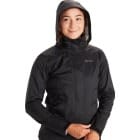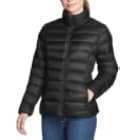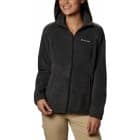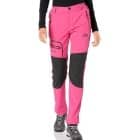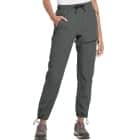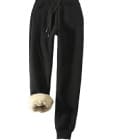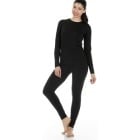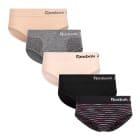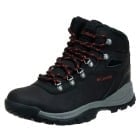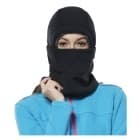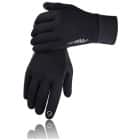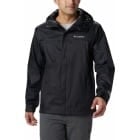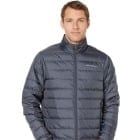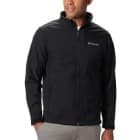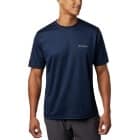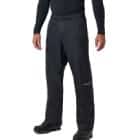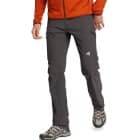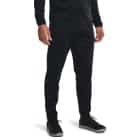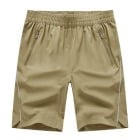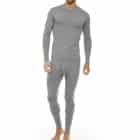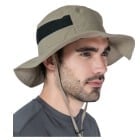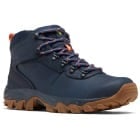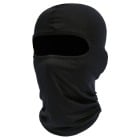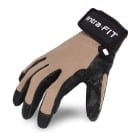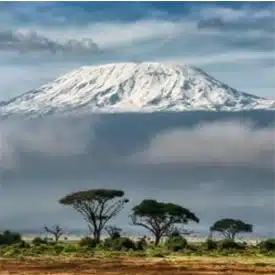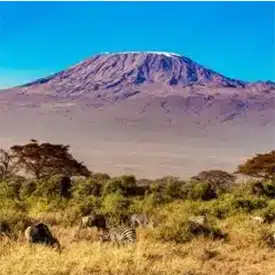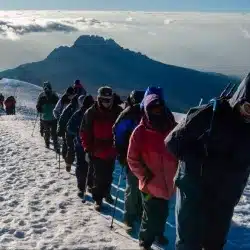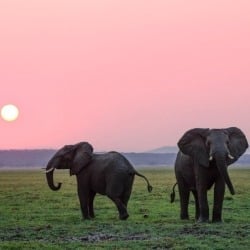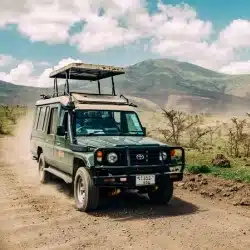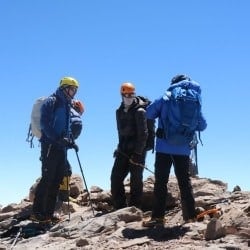Lower Altitude Trekking: Lower on the mountain, you can expect to encounter warm temperatures during the day, with cool nights. Wear
hiking pants or shorts and moisture-wicking shirts. You are likely to encounter rain low on the mountain, especially as you pass through the rainforest zone, so you’ll want to keep your rain jacket and waterproof pants handy. Finish your outfit with sun protection and a trusted pair of
hiking boots.
High Altitude Trekking: High on the mountain, you are almost guaranteed to encounter freezing temperatures, especially at night. Wear a warm base layer, with a sweater or down jacket for insulation and a good wind/waterproof coat. For your lower body, wear long underwear and hiking pants, but keep a set of fleece pants nearby in case temperatures drop. You’ll want to protect your extremities with gloves and a warm hat or balaclava.
Camping: It’s a good idea to bring along extra clothing specifically to wear while resting in camp. That way you can sleep in clean clothes each night rather than wearing the same thing that you have been trekking in. Keep a special set of long underwear just for your sleeping bag and make sure that your shorts and boots are nearby in case you need to exit the tent at night.
On Safari: Most climbers on Kilimanjaro also want to experience a safari before leaving Africa. In the lower altitude bush, temperatures will usually be much warmer than on the mountain, with drier conditions and more sun. Wear shorts or comfortable walking pants and a long sleeve shirt to protect your arms from the sun and insects. Don’t forget a wide-brimmed hat and sunglasses to shield yourself from the equatorial sun.


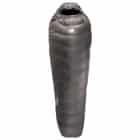

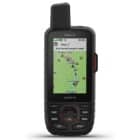
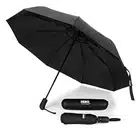
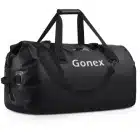
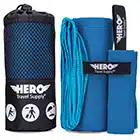


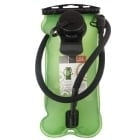



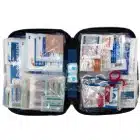

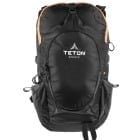

 As you climb Kilimanjaro, you will pass through five distinct climate zones on your way to the summit. Each zone will require different clothing to suit the conditions. Your climb begins in a warm cultivation zone between 6,400 and 9,800 feet. From there, you will ascend into a warm rainforest zone before continuing into an arid moorland zone. Next, you’ll pass through the alpine desert which can be warm during the day but is always cold at night. The final zone is the always cold and windy summit zone, where you will encounter freezing conditions and snow.
As you climb Kilimanjaro, you will pass through five distinct climate zones on your way to the summit. Each zone will require different clothing to suit the conditions. Your climb begins in a warm cultivation zone between 6,400 and 9,800 feet. From there, you will ascend into a warm rainforest zone before continuing into an arid moorland zone. Next, you’ll pass through the alpine desert which can be warm during the day but is always cold at night. The final zone is the always cold and windy summit zone, where you will encounter freezing conditions and snow.